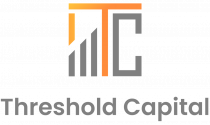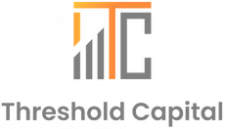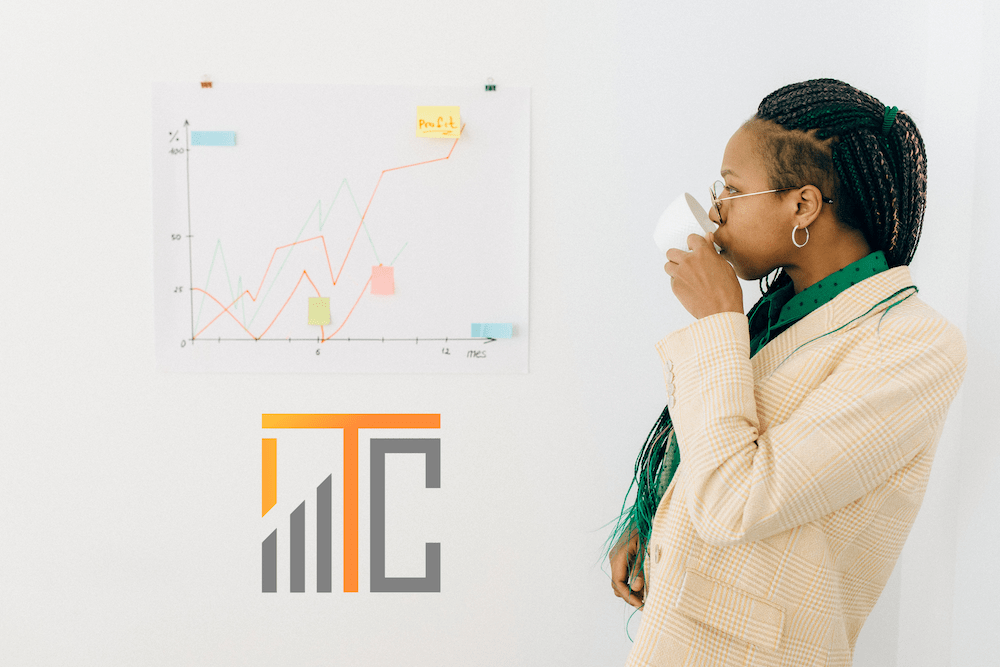When it comes to business, the core of being successful is to have a great product or service. That is without question. However, there is no business that can exist without customers buying whatever we have to offer and giving us money in exchange.
Yes, the paying customer is an essential part of any business, and it is in every company's interest to acquire as many of them as possible. After all, that is a goal of all sales or marketing activities, which your company is carrying out.
Nonetheless, have you ever posed a question: Do you I get enough in return for the money that I spend?
That is one of the critical questions which can determine the fate of your business. And when you find out what your Customer Acquisition Cost is, you may get the answer you are searching for.
What is Customer Acquisition Cost (CAC) and how to calculate it?
CAC is one of the most important key performance indicators, which shows how effective and profitable the company is.
In a nutshell, Customer Acquisition Cost (CAC) represents the sum of money, which a company must spend to attract a new customer.
Are you asking which costs are directly linked with attracting new customers? Basically, these are all the costs that your company spends for any sales and marketing efforts, including money spent on marketing campaigns, salaries of your sales and marketing personnel, their bonuses and any other expenditures which relate to converting leads to paying customers.
Now let’s have a look at your company´s CAC, shall we? To calculate it, add up all your sales and marketing costs and divide them by the number of customers, which you acquired in the given time, such as one year.
As an example, imagine that a company spent a total of €2,000 on its marketing and sales activities in the last 12 months, during which it acquired 1,000 new customers. The CAC would be €2, which means that for each paying customer, the company needs to spend €2. Simple as that.
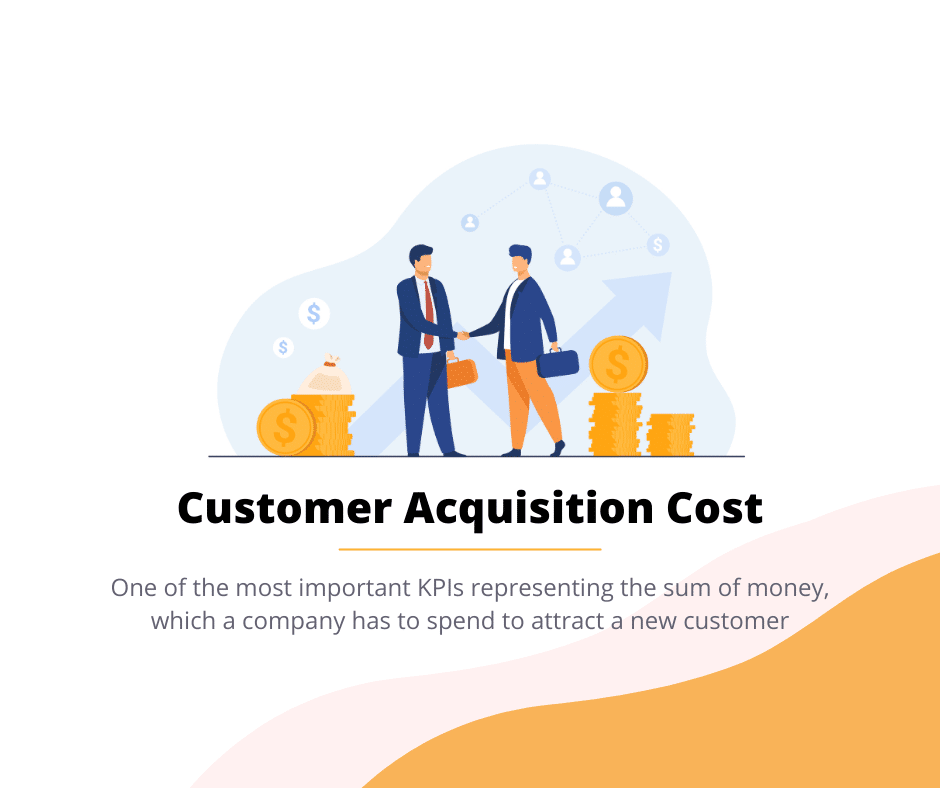
What does the value of CAC tell about your business?
Now you know what your CAC is - done. But do you know what this specific cost means for your company? Is it normal, is it high or low?
That is not a simple question to answer without looking at two factors, which are playing an important role here:
1. Your specific industry
Firstly, whether the value of your CAC is good or bad for your company depends a lot on the industry you are in.
For example, let's say you are a company selling hand-made leather shoes and the average price of the items you are offering is €150. Now you calculated your CAC, which is €38. Although the cost of €38 per one customer could be quite high for other businesses if you consider that if a customer buys a product from your list, you will still earn a gross profit of €112 on average. And that is not bad at all.
However, if you are a company selling consumer goods with an average product price of €15, the CAC of €38 would be devastating for your business.
To conclude, the rule of thumb is that after deducting the CAC, you should still make a decent gross profit.
2. LTV to CAC ratio
In order to find out how much return on investment you are getting, it is important to focus also on another detrimental metric called Customer Lifetime Value (LTV), which closely relates to CAC.
LTV represents how much revenue your company generates from one customer during their whole relationship with the company.
As it is with CAC, also the LTV greatly varies among different sectors, but with each of them, you need to take into consideration the following factors:
- Average customer lifespan, which indicates for how many years (on average) a customer purchases from your company.
- Average purchase value, which you can calculate by dividing your company's revenue in a specific time period (for example one year) by the total number of times someone purchased from you (again in the stated time period).
- Average purchase frequency describes how often a customer purchases from you. It is calculated by adding up all the purchases (in a specific time period) and dividing them by the number of customers, who bought a product from you in the same period.
- Customer value is the number that you get when the average purchase value is multiplied by the average purchase frequency.
Finally, when you calculate the above-mentioned variables, you can find out what is your company's LTV. To calculate it, multiply customer value by the average customer lifespan.
The resulting number represents the estimated revenue that your company can expect to generate from one customer during their whole business relationship with you.
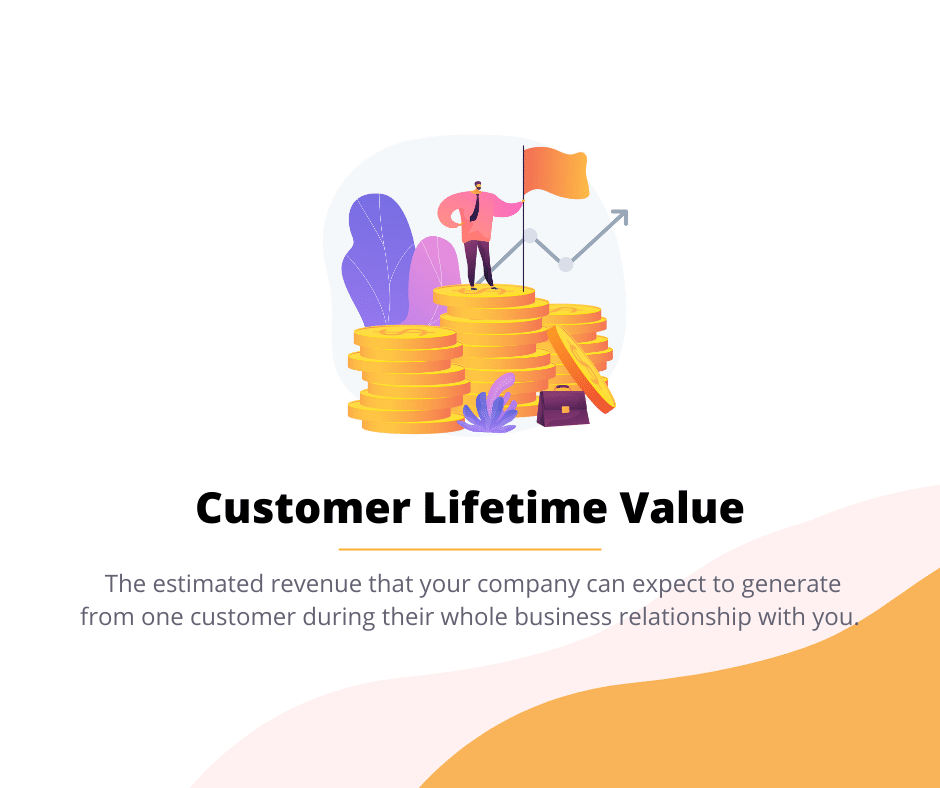
And what about the LTV to CAC ratio? This is an important guide for any company to find out the value of customers in comparison to how much needs to be spent to acquire them.
The ideal ratio for which you should aim is 3:1, which means that you should reach a state when your customers are generating 2 times more revenue than the money you spend for your marketing and sales activities.
But, of course, now we do not want to say that once you reach the magical 3:1 ratio, it is the perfect state of your business. On the contrary, you should always aim for better – and you do that by lowering your Customer Acquisition Cost as much as possible.
Wondering how to do it? Keep on reading…
4 tips for improving Customer Acquisition Cost
In order to improve your company´s CAC and scale up your revenues at the same time, there are several effective ways for you to try:
1. Optimize conversion rate
Conversion rate indicates how successful your business is when converting potential customers into actual paying customers.
To do this, you should make your buying process as simple as possible and make sure that your website works properly. Check if your site is fully optimized for different devices and web browsers, make sure that the texts on your website are clear and compelling, make the buying process as simple as possible and optimize the site for loading faster.
All the above-mentioned tips will improve the customer experience, which will eventually lead to happier customers – and happy customers mean more money.
2. Add value to your customers
What added value your customers expect is very individual since the demands vary across different industries. To find out what YOUR customers want, there is no better way than to ask them directly.
Hence, your best bet is to gather feedback from your customers, whether it is through surveys, e-mails, or reviews on your website, listen to them and try to fulfil the wishes of your customers as much as possible.
Surely, they will appreciate it and become returning customers.
3.Think about the referral programme
Word of mouth is considered one of the most effective methods of marketing and there is a very simple explanation to this – people believe what other people have to say much more than any commercial.
Think about ways how you can encourage your existing customers to bring new customers in front of your door for a small reward – be it a discount for next purchase, a coupon, or a free coffee.
4.Use a Customer Relationship Management System (CRM)
A good CRM system enables your company to keep track of your customers, their buying behaviours, personal details, their current stage in your sales funnel and much more. It is an extremely powerful tool that allows you to connect with the right customers at the right time more effectively and build better, long-lasting relationships with them.
CAC is more important than you think
Knowing your Customer Acquisition Cost can change a lot for your business. Firstly, it gives you insight into the cost of acquiring your customers and the effectiveness of your marketing and sales efforts, secondly, it shows you how much revenue each customer brings to your company and lastly, being able to lower your CAC gives you a chance to skyrocket your revenues and your overall business success.
What are you waiting for? Find out your CAC today!
